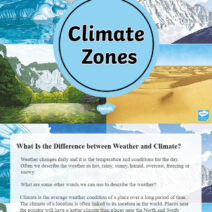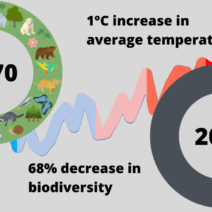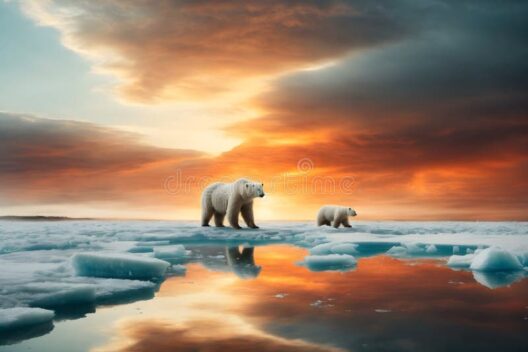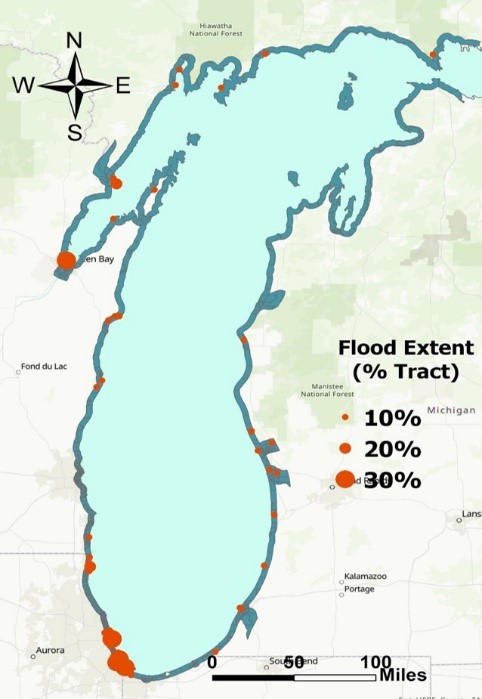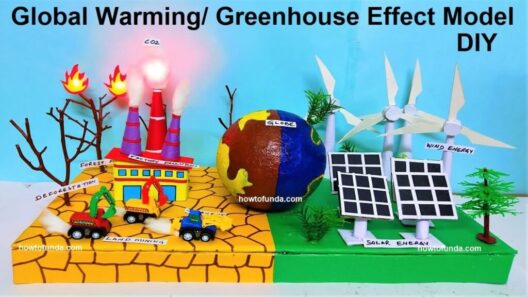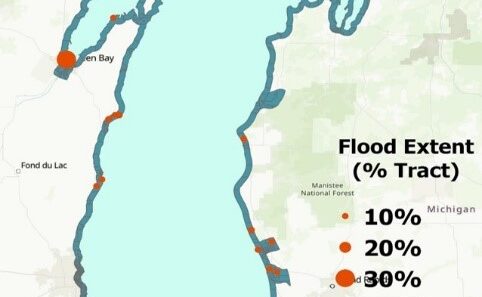Understanding the intricate connections between the ozone layer and global warming is pivotal in the quest to protect our atmosphere. Both phenomena, while seemingly distinct, are manifestations of a broader environmental challenge that requires incisive discourse and urgent action. This exploration aims to elucidate these connections, revealing not only the implications of ozone depletion but also the overarching consequences it bears on global warming.
The ozone layer, a stratospheric veil enveloping our planet, serves as a critical shield against the sun’s deleterious ultraviolet (UV) radiation. Comprised chiefly of ozone (O3) molecules, this layer absorbs the majority of harmful UV rays, inhibiting them from reaching Earth’s surface. These rays can be profoundly harmful to human health, ecosystems, and wildlife, fostering skin cancers, cataracts, and detrimental effects on plant growth.
In contrast, global warming entails the gradual increase in Earth’s average surface temperature, predominantly as a result of heightened concentrations of greenhouse gases (GHGs) such as carbon dioxide (CO2), methane (CH4), and nitrous oxide (N2O). This phenomenon is tightly linked to the anthropogenic activities that exacerbate the greenhouse effect, trapping heat within the atmosphere and leading to climatic disruption.
One might wonder how the degradation of the ozone layer correlates with global warming. Primarily, it resides in the stratospheric chemistry and atmospheric interactions that underpin both issues. The ozone layer depletes primarily due to anthropogenic chemicals like chlorofluorocarbons (CFCs) and halons, which not only contribute to the breakdown of ozone molecules but also exacerbate warming trends.
Interestingly, ozone itself operates as a greenhouse gas. In the troposphere, where weather occurs, ozone contributes to warming by absorbing heat. When the stratospheric ozone layer thins, this can inadvertently lead to indirect warming due to shifts in atmospheric circulation. This interplay hints at the complexity of atmospheric dynamics and the collateral consequences of human actions on environmental systems.
Multifaceted feedback mechanisms further complicate the relationship between ozone layer depletion and global warming. For instance, as the stratosphere cools due to reduced ozone concentrations, various climatic effects emerge that can alter weather patterns. These altered patterns can influence surface temperatures, shifting the equilibrium of ecosystems and potentially diluting any progress made in combating global warming.
Given this interconnectedness, international responses have focused on addressing ozone depletion through treaties and regulations, such as the Montreal Protocol. This landmark agreement, established in 1987, successfully curtailed the use of CFCs and other ozone-depleting substances. The alleviation of ozone depletion not only benefits the protective function of the ozone layer but also mitigates some warming impacts, demonstrating a methodical approach to dual environmental issues.
The Montreal Protocol represents a unique success story in global environmental governance, emphasizing proactive collective action. As nations rallied to confront the ozone crisis, similar collaborative efforts are imperative for addressing global warming. Policies that prioritize sustainable practices, renewable energy adoption, and carbon reduction can work in tandem with ozone protection efforts.
Furthermore, the connection between the ozone layer and climate change underscores the need for an integrated approach to environmental policy. For example, enhancing energy efficiency and transitioning to clean energy sources can reduce both GHG emissions and ozone-depleting chemicals. Encouraging sustainable agricultural practices and waste management can further mitigate emissions while protecting our atmosphere.
An often-overlooked aspect of climate change advocacy is the significance of individual actions. Public awareness about the importance of the ozone layer can inspire people to take responsibility for their environmental impact. Simple choices—such as avoiding products with harmful aerosols and supporting sustainable brands—can contribute to global efforts to protect both the ozone layer and combat climate change.
Research into the interactions between the ozone layer, atmospheric conditions, and climate systems continues to unveil finer details of these relationships. Enhanced modeling efforts provide insights into potential future scenarios under various greenhouse gas emission trajectories and the concurrent recovery of the ozone layer. Understanding these scenarios aids policymakers in formulating resilient strategies to address both climate change and ozone depletion.
Ultimately, the world stands at a critical juncture. The connections between the ozone layer and global warming illustrate how interconnected environmental issues are, reminding us of the potential for negative feedback loops that can compound the crises we face. The consequences of inaction are far-reaching, not only threatening human health through increased UV exposure but also amplifying the effects of climate change by altering weather extremes, ocean currents, and biodiversity.
In summary, protecting the ozone layer is integral to mitigating climate change. The interplay between these two environmental phenomena epitomizes the necessity for a holistic approach to advocacy and regulation. As we navigate the complexities of our atmosphere, it becomes evident that safeguarding the ozone layer is not merely an isolated endeavor but a vital component of preserving the environmental balance necessary for future generations. Alertness and action must remain paramount as we endeavor to forge a sustainable path forward.
